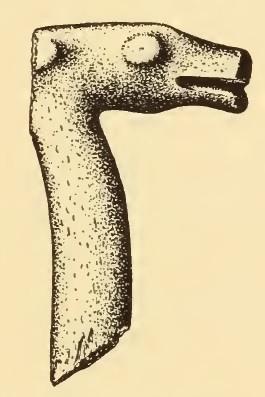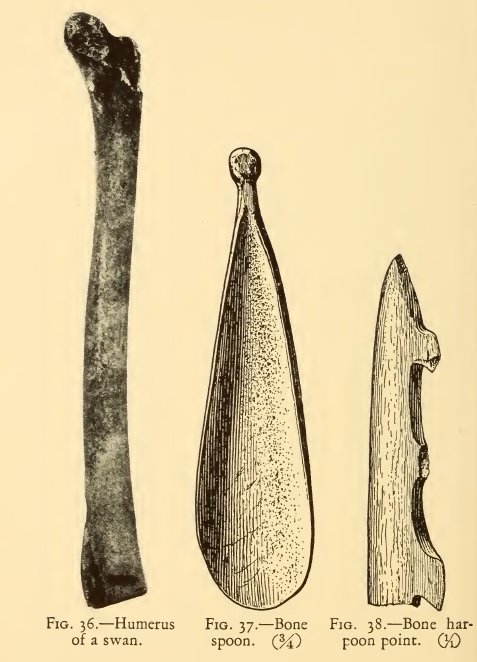Suzanne Carmick writes in the New York Times Travel Section about visiting the Pastoral Islands of Lake Champlain. The Vermont islands of South Hero, North Hero, and Isle La Motte, are on the border of New York and just south of Canada.
Carmick mentions the long history of Isle La Motte, which was occupied by Native Americans long before Samuel Champlain first recorded it in 1609. In A.D. 1666, the French built Fort St. Anne on Isle La Motte. The fort was occupied for as little as two years before being abandoned. In the late 1800s, the Catholic Church purchased the land, which became St. Anne’s Shrine. A Vermont priest, Father Joseph Kerlidou excavated the remains of the French fort.
In 1917, archaeologist Warren Moorehead conducted excavations near the shrine, finding Woodland period ceramics. At another location, Reynolds Point, he found artifacts from the earlier Archaic period. In the early 1960s, a cremation burial site attributed to the Archaic Glacial Kame culture was accidentally uncovered by workers on the island. New York State Archaeologist William Ritchie examined the artifacts found with the ochre-stained human bones. The grave goods included Native copper adzes, copper beads, shell gorgets and beads, and over 100 pieces of galena.
For more on Fort St. Anne, see Enshrining the Past: The Early Archaeology of Fort St. Anne, Isle La Motte, Vermont


